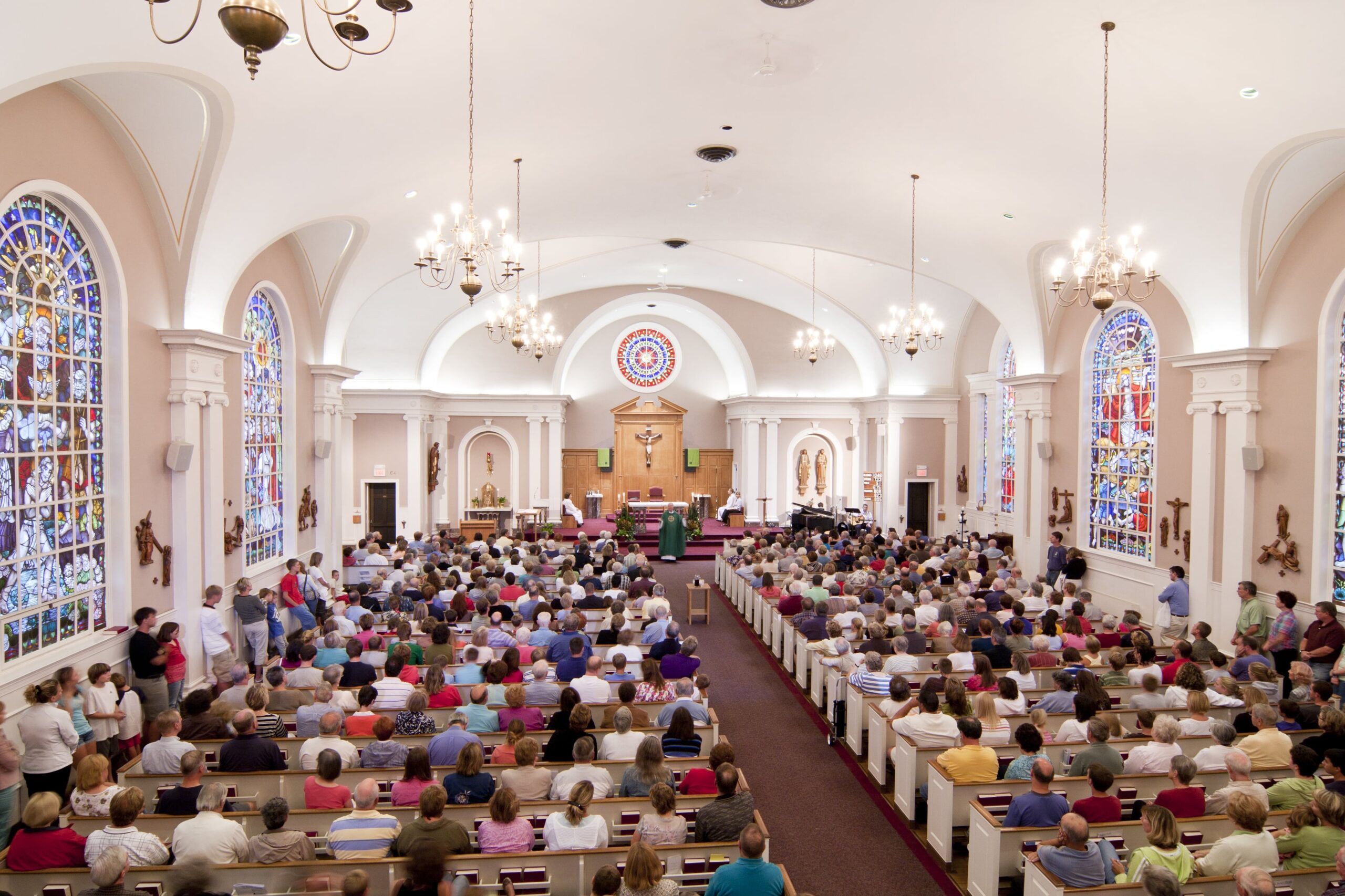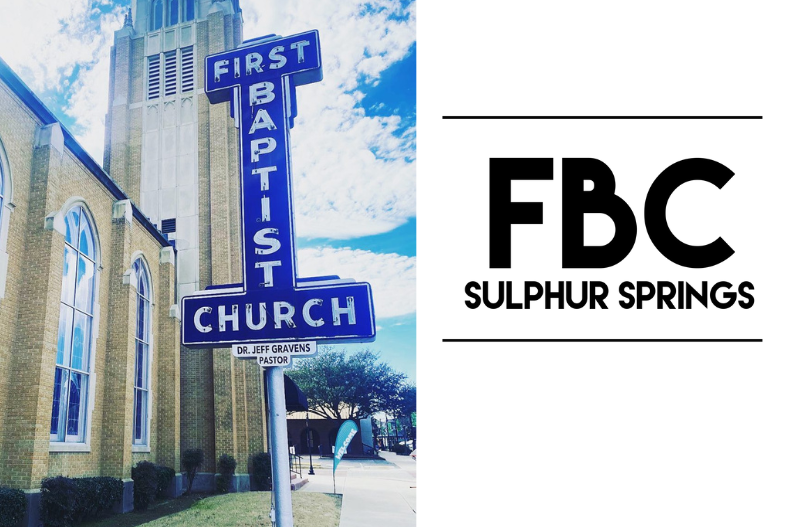With worship services, Bible studies, small groups, and events, churches and organizations offer multiple opportunities each week for visitors, members, and prospects to connect with your ministry.
But, how do you nurture these connections on the other days of the week when people aren’t physically together?
A church newsletter is a great idea, but people usually read it and set it aside, or it gets lost in the sea of e-mail. Church websites are great for sharing news, but people have to check them periodically.
Chances are, your parishioners are already using a social media outlet overlooked by many churches – Facebook fan pages.
A Facebook page lets your church, school, or organization share content and connect with members, visitors, parents, students, and prospects. Not only does a page provide visibility for your church, it also shows that you’re keeping up with the times and using technology to your ministry’s advantage.
What are Facebook pages?
Facebook pages represent businesses, brands, and organizations and have “fans” rather than a traditional friends list. Members of your church, visitors, and others in the community can “like” your page to receive status updates on their Facebook timelines. You can add photos, events, polls, links, and even videos to customize your church’s page, engage your audience, and provide an online bulletin board for your church.
Unlike Facebook profiles, which are limited to 5,000 friends, pages can have an unlimited number of fans, and you won’t have to approve requests. Since pages are public, anyone can search and find your page, making it a great outreach tool for your ministry.
Setting up your Facebook page
To set up a page, log out of Facebook (if you’re logged in) and visit Facebook- Create a Page. Creating a page is much like creating a profile, as you must sign up for Facebook, name your page, and make it public. Be careful when naming your page, as page names can be difficult to change.
With Facebook’s current settings, you can only change the page’s name when it has fewer than 200 followers; otherwise, you must submit a change request to Facebook. To learn more about creating a page, check out this article from Church Mag.
Promoting your page
Once you create your page, you’ll want to promote it to your congregation and community. Here are a few ways to promote your page:
- Add a Facebook page badge to your church’s website. A page badge displays your page’s name, profile picture, status, and number of fans. To do this, visit Facebook Page Badges for the html code to paste on your website.
- Advertise your fan page in your church’s newsletter or by adding a link to your e-mail signature.
- Write a blog post about your church’s fan page.
- Invite your own Facebook friends to like the church’s fan page. This is like word of mouth for the digital age, as once your friends became fans, they can then suggest their friends become fans.
Posting on your page
Since Facebook posts move quickly on user news feeds, it’s a good idea to post on your page regularly. If you post infrequently, you miss out on opportunities to engage your congregation, but if you post too frequently, people may get annoyed seeing multiple updates in their news feeds and unsubscribe from your page.
Facebook recommends posting about once per day. You may feel like you’re posting too much, but remember, your page’s fans don’t see every post immediately, and unless they visit your page, they only see posts displaying in their news feeds.
Here are some posting ideas for your Facebook page:
- Post about your church’s upcoming events, such as Vacation Bible School, fundraisers and benefits, small groups, volunteer opportunities, and mission trips. You probably already promote these events in your church’s newsletter or on your webpage, but taking advantage of another digital medium doesn’t hurt.
- Ask questions in your page’s Facebook status, then use the reply function to respond to those who answer questions. This drives a conversation on your page and inspires engagement. Multiple choice or open-ended questions work well. For example, you could ask questions regarding what’s discussed in Sunday’s service to keep your congregation thinking about the message later in the week.
- Don’t limit your Facebook posts to just words! Posting pictures and videos to the page attracts more attention. For example, you could use a picture to give readers a sneak peak of Sunday’s sermon or any upcoming event, or you could film and post a video of your praise band’s latest song. With permission, you could also film and post video testimonials from members.
- Take Facebook on the road. Since you can post pictures or videos from a mobile device, don’t feel limited to post only happenings at your church. For example, if your ministry team volunteers at a soup kitchen, quickly snap a picture of your volunteers after they serve and share it on your page. This shows your community’s involvement and is a great way to show your volunteers you appreciate them.
Building your church’s Facebook presence may not come quickly or easily, but don’t give up. It may take a while for everyone to catch on, but post regularly and interact with those who follow your page. Consistency is key, and soon your congregation and community will embrace Facebook’s benefits for your ministry.
Amy Scott-Lundy is a technical writer for the support and training departments at ACS Technologies. When she’s not busy with “manual” labor, you can find her coaching beginner runners, painting, baking, yoga, traveling, and exploring Charleston, SC, by running various road races.



